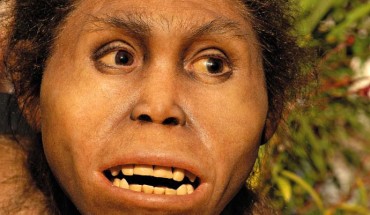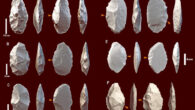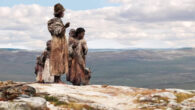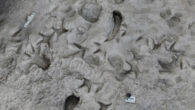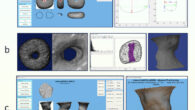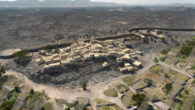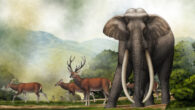Paleoanthropologists have found 1.95-million-year-old cut-marked bones that appear to have been made by early hominins using stone tools at the site of Grăunceanu in Romania. The discovery sheds new light on the timing and extent of hominin dispersal across Eurasia. This is an artist’s reconstruction of female Homo from Dmanisi, Georgia. Image credit: Elisabeth Daynes, via tabula.ge. “Current evidence for the earliest appearance of hominins...

